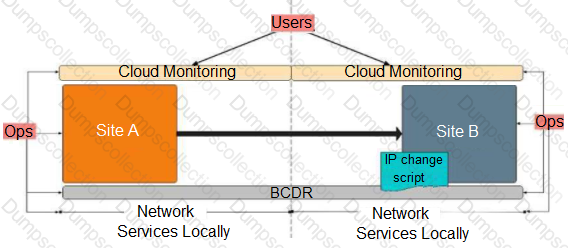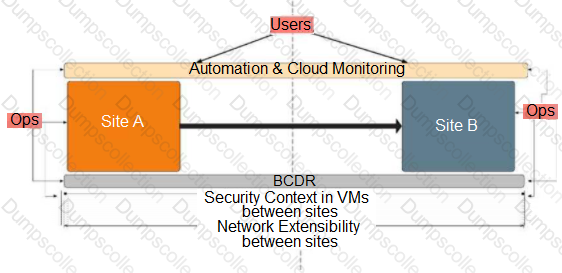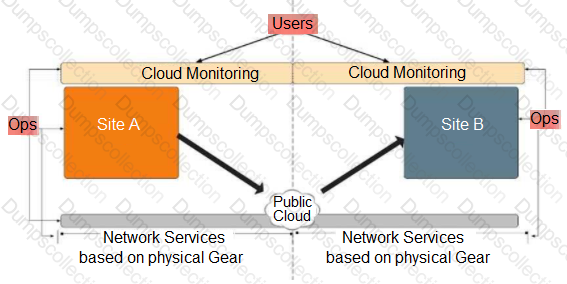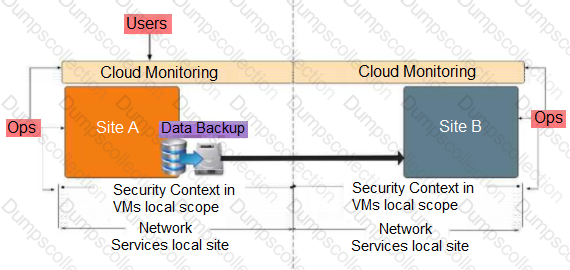VMware Advanced Design VMware NSX-T Data Center 3V0-42.20 Exam Dumps: Updated Questions & Answers (November 2025)
An architect is helping an organization with the Conceptual Design of an NSX-T Data Center solution.
This information was gathered by the architect during the Discover Task of the Engagement Lifecycle:
There are applications which use IPv6 addressing.
Network administrators are not familiar with NSX-T Data Center solutions.
Hosts can only be configured with two physical NICs.
There is an existing management cluster to deploy the NSX-T components.
Dynamic routing should be configured between the physical and virtual network.
There is a storage array available to deploy NSX-T components.
Which risk was documented by the architect? (Choose the best answer.)
Which three choices are non-functional requirements? (Choose three.)
A telecom company has purchased NSX-T as part of a Software Defined Data Center (SDDC) initiative. The company wants to ensure the highest performance for network traffic leaving the virtual environment.
An architect is helping an organization with the Physical Design of an NSX-T Data Center solution.
This information was gathered during the Assessment Phase:
There is a critical application used by the Finance Team.
The critical application has an availability and recoverability SLA of 99.999%.
The critical application is sensitive to network changes.
Which two selections should an architect include in their design? (Choose two.)
Which selection must be taken into consideration when creating a Logical Design for a planned migration? (Choose the best answer.)
What is a design justification for a solution with 3 NSX Manager nodes deployed in a 4 ESXi cluster Management Cluster? (Choose the best answer.)
An architect is helping an organization with the Physical Design of an NSX-T Data Center solution.
This information was gathered during a workshop:
Some workloads should be moved to a Cloud Provider.
Extend network’s VLAN or VNI across sites on the same broadcast domain.
Enable VM mobility use cases such as migration and disaster recovery without IP address changes.
Support 1500 byte MTU between sites.
Which selection should the architect include in their design? (Choose the best answer.)
An architect is helping an organization with the Conceptual Design of an NSX-T Data Center solution.
This information was gathered by the architect during the Discover Task of the Engagement Lifecycle:
Existing hardware will be used in any design proposal.
Network bandwidth cannot be expanded.
Which concept of the Discover Task do these items belong to? (Choose the best answer.)
A Solutions Architect is working with a customer which wants to extend their traditional Telco IP/MPLS core network to an NFV cloud.
Which NSX-T Data Center feature can be recommended by the architect? (Choose the best answer.)
Refer to the exhibits.
Design Option1:

Design Option 2:

Design Option 3:

Design Option 4:

An architect is helping an organization with the Conceptual Design of an NSX-T Data Center solution.
The conceptual design includes these requirements, assumptions, constraints, and risks:
Critical applications must run across sites without changing IP address.
Business continuity and disaster recovery (BCDR) plans will leverage a second site running vSphere.
RTO/RPO must be reduced for recovery of applications on secondary site.
IT Teams require automation tools for configuration.
Which Conceptual Design would the architect recommend to the customer? (Choose the best answer.)

